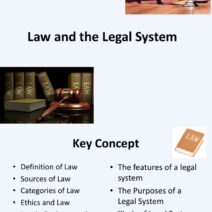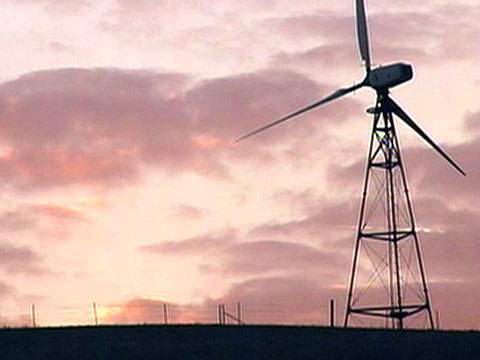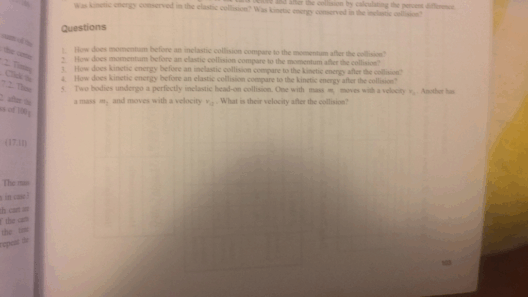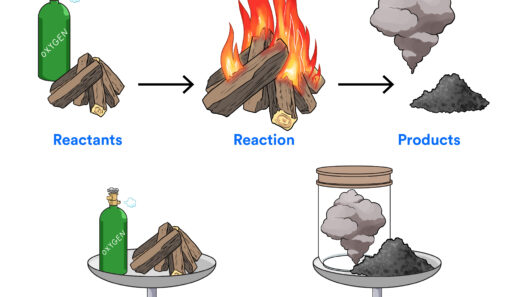Energy conservation, once a universally accepted ideal for enhancing efficiency and promoting sustainability, has morphed into a contentious and polarized debate. The evolution of this dialogue raises intriguing questions about sociopolitical dynamics and the intersection of science, policy, and public perception. To comprehend how energy conservation has descended into partisanship, it is essential to examine various factors that have influenced this phenomenon over the years.
A pivotal turning point emerged in the late 20th century when environmental awareness began to burgeon. The 1970s oil crisis served as a catalyst for energy conservation initiatives, compelling governments to seek strategies for reducing dependence on foreign oil. During this time, conservation efforts were largely nonpartisan. Individuals across the political spectrum embraced solar panels, energy-efficient appliances, and public transportation systems as solutions to energy crises. Environmental organizations advocated for these interventions, framing them as not just ecological imperatives but also as a means to secure national energy independence.
However, as the years progressed, energy conservation began to intertwine with broader ideological themes. By the 1990s, as climate change science gained prominence, energy conservation started to be perceived through the lens of environmentalist rhetoric. This perception increasingly polarized communities. While some viewed conservation as a moral obligation—essential for mitigating climate change—others started associating it with government intervention and regulatory overreach. This burgeoning divide set the stage for a looming ideological battle.
The onset of the 21st century marked an era where environmentalism increasingly became politicized. Events such as the Kyoto Protocol in 1997, which aimed to establish internationally binding obligations on industrialized nations to reduce greenhouse gas emissions, faced significant pushback from certain political factions in the United States. Critics claimed that such agreements jeopardized economic interests, leading to a dichotomy: the proponents of conservation framed their arguments around stewardship of the planet, while opponents emphasized economic prosperity and personal freedom. As a result, energy conservation morphed from an apolitical efficiency strategy into a battleground for larger existential questions surrounding individual rights and governmental responsibility.
Social media and the digital age further exacerbated this division. The rise of online platforms created echo chambers where ideologically aligned individuals gravitated toward curated information that reinforced their beliefs. Thus, arguments associated with energy conservation developed along partisan lines. For instance, conservative narratives began to assert that climate change science was exaggerated or a ploy used to impose regulations detrimental to economic growth. This rhetoric instigated skepticism towards energy conservation policies, which were equated with unwarranted governmental oversight of personal and corporate liberties.
In addition, financial interests began to polarize energy conservation initiatives. The prominence of fossil fuel industries contributed to a robust lobbying environment aimed at shaping legislation. This financial clout created a defensive posture among particular political parties, which prioritized the interests of fossil fuel sectors over renewable energy initiatives. As a result, discussions surrounding energy conservation became less about collective benefits and more about monetary interests, leading to a further fracturing of consensus.
The role of misinformation cannot be overstated in this context. Distorted narratives spread through social media perpetuated confusion and further divided opinions. The complexity of energy conservation science—coupled with the conflicting economic implications—fuels a cycle of misrepresentation and skepticism. This misinformation often obscures the nuanced, scientifically backed arguments for adopting energy-efficient practices and renewable energy technologies. With the reliability of information under siege, reaching common ground on energy conservation has become an arduous task.
Despite this partisan landscape, individuals and communities are still intrinsically connected to the reality and necessity of energy conservation. Recent surveys indicate that a significant portion of the population, irrespective of political affiliation, recognizes the importance of energy efficiency. This presents an opportunity—if society collectively embraces conservation beyond ideological barriers, a paradigm shift could occur. Grassroots movements highlighting local benefits of energy conservation, such as job creation in renewable energy sectors, could inspire unity and collaboration.
A shift in perspective is essential for transcending the partisan divide surrounding energy conservation. Emphasizing the shared advantages of energy efficiency—economic savings, localized job creation, and enhanced public health—can stimulate dialogues divorced from political preconceptions. Relaying stories of communities that have successfully adopted energy-saving technologies can help pique curiosity and foster innovative thinking about collaborative solutions.
Another promising avenue lies in education. Cultivating a culture of knowledge regarding the direct impacts of energy conservation on daily life can resonate with a broad audience. Engaging citizens through workshops, community projects, and local initiatives can cultivate a more informed electorate that prioritizes empirical analysis over partisan rhetoric. By democratizing information dissemination and making energy conservation relatable, it is possible to rekindle the values of pragmatism and cooperation.
Overall, the transformation of energy conservation into a partisan debate reflects deeper societal rifts and the complexities of modern governance. However, it also unveils pathways for collective action that exceed partisan lines. A renewed emphasis on shared values, community engagement, and educational outreach may lay the groundwork for a more unified approach to energy conservation—one that positions sustainability as a common goal rather than a point of contention. The future of energy policy hinges on our ability to navigate these divides and redefine the narrative surrounding conservation for the benefit of all.








